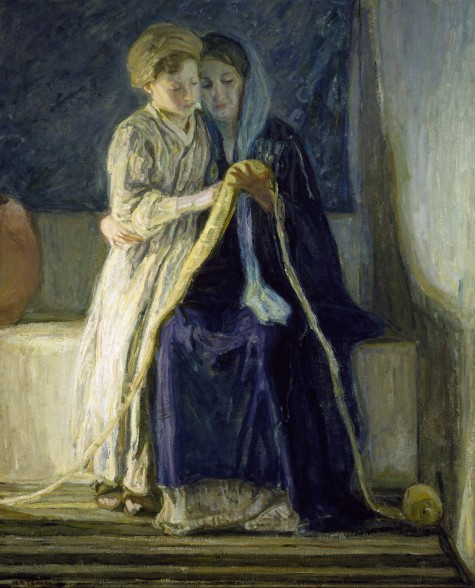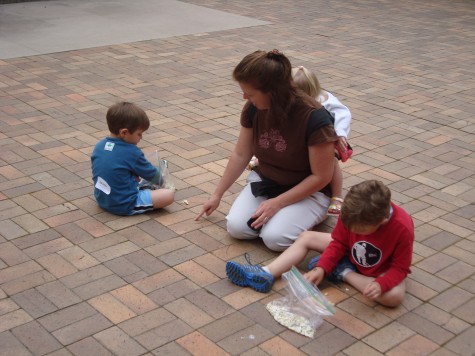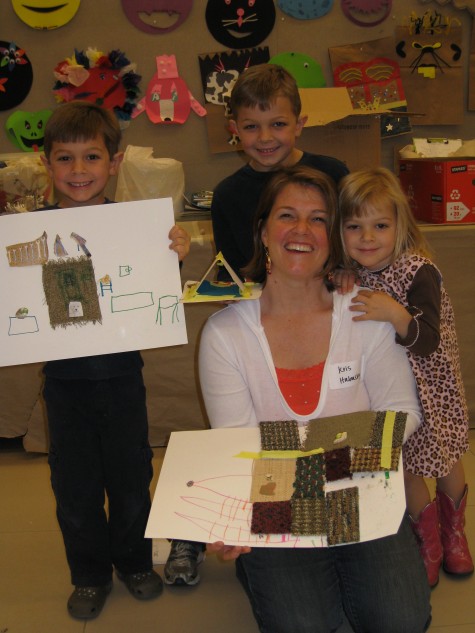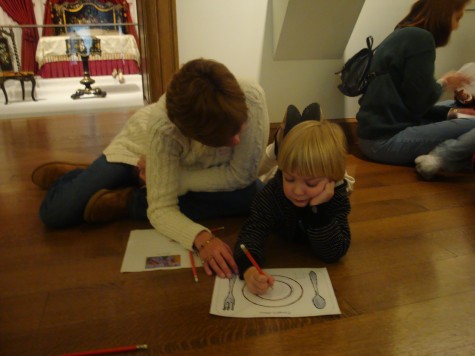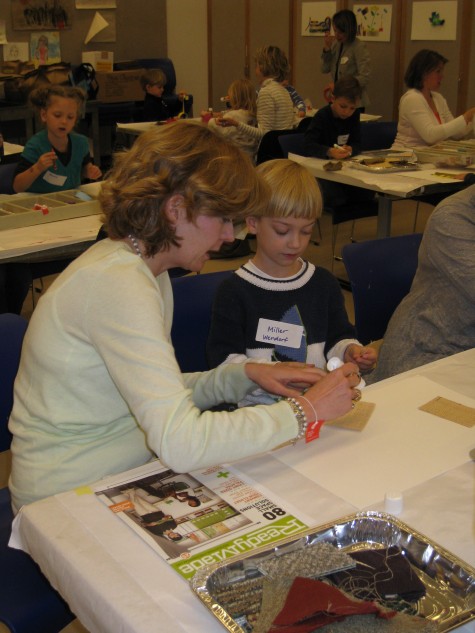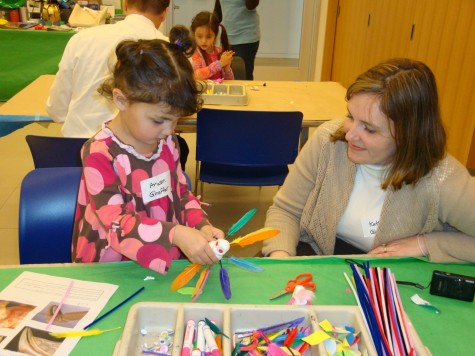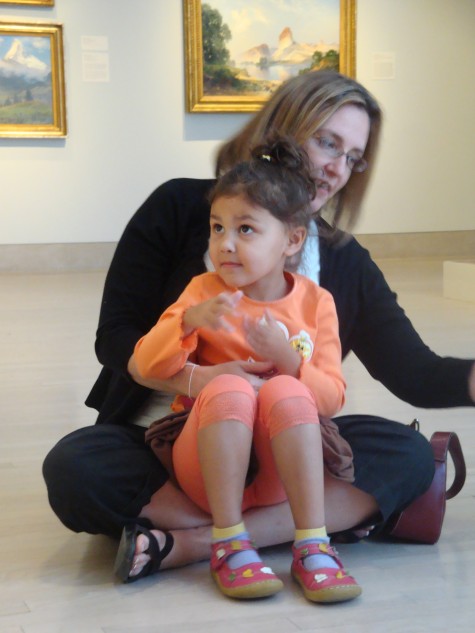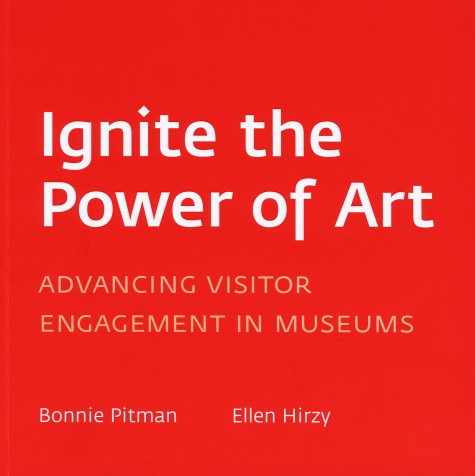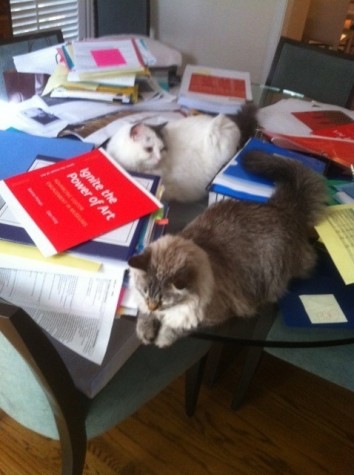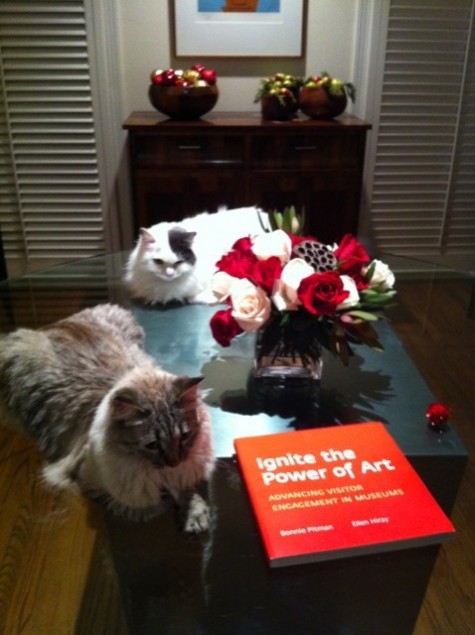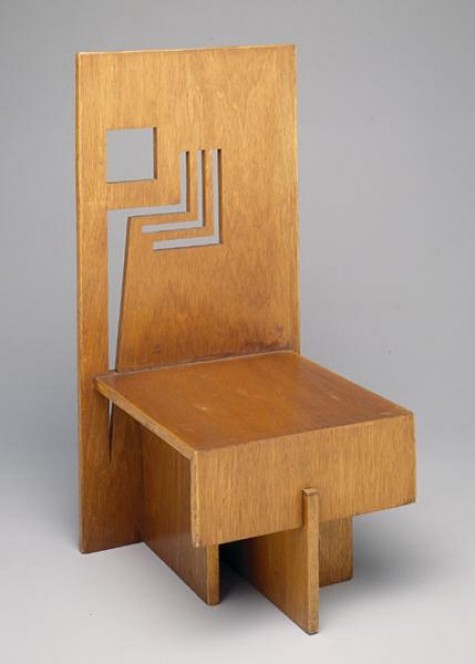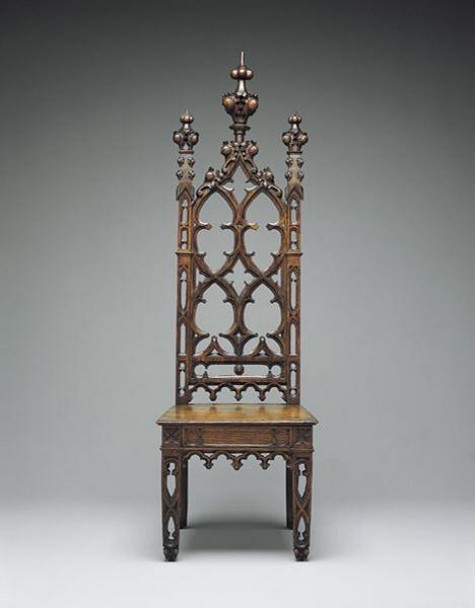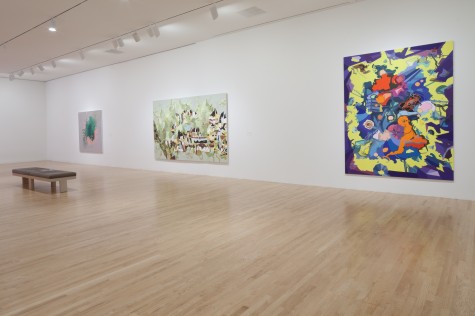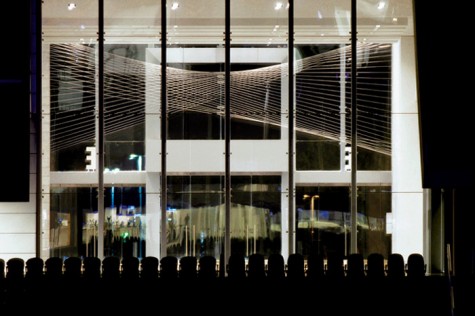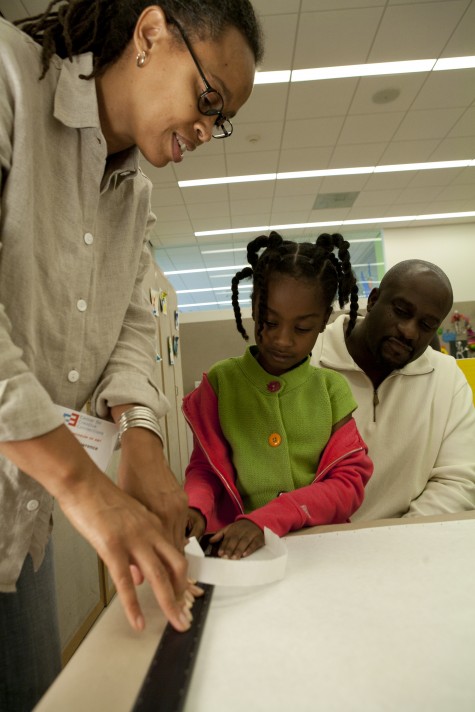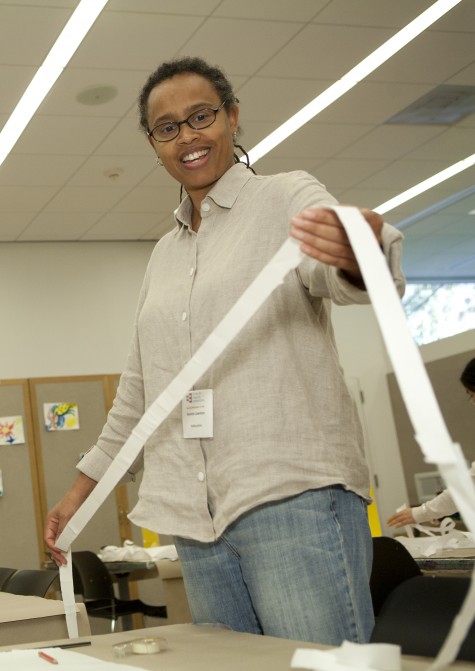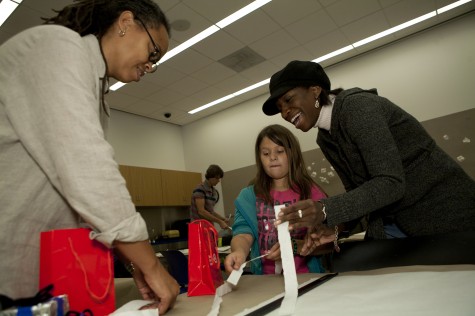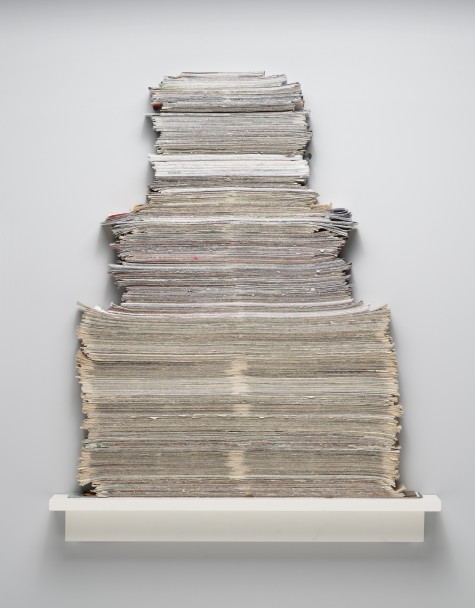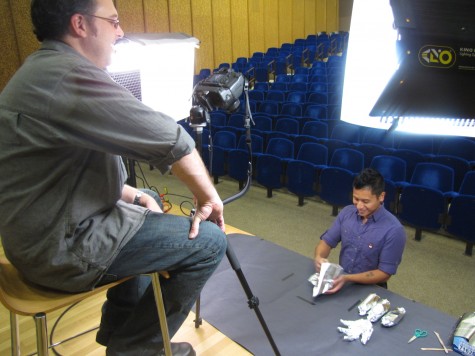In April, we recognized Autism Awareness month with an April 2 Autism Awareness Family Celebration in collaboration with the Dallas Symphony Orchestra. The morning event focused on music as Jaap van Zweden, Music Director of the Dallas Symphony Orchestra, and his wife, Aaltje van Zweden-van Buuren joined us. A Dallas Symphony Orchestra string quintet performed, and Jaap van Zweden talked about movement as he waved a colorful streamer in the air along with children. Aaltje van Zweden-van Buuren shared a compelling story about her family’s experience using music therapy with her son, an individual with autism.
I had the joy of talking with an enthusiastic and involved father at our recent event; Denny Singh is clearly his son’s number one fan.
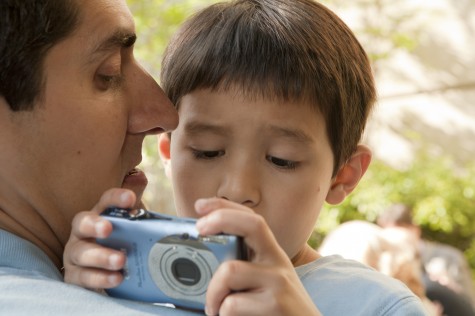
- Denny and Sohan
What three words would you use to describe your family?
After my son’s diagnosis: strongER, as in “what doesn’t kill you makes you . . . “; closER, as in redefining the word “love” and spending more time together; and MORE appreciative of what many take for granted, like our son playing with a friend.
What types of activities does your family enjoy together?
Shopping while letting my son take photos of stores (his current obsession), visiting museums and the aquarium and zoo, going to water parks, and hanging out with his beloved cousins.
What is unique about your son?
His quirky, outgoing personality (e.g., asking people about their rings and jewelry), his grasp of technology and working a smartphone better than his parents, his empathy and ability to care, and his effort to overcome challenges and inspire us to be better people while guiding us on this unexpected journey.
What do you like most about the Autism Awareness Family Celebrations?
To borrow from a Visa commercial:
Admission to the Autism Awareness Family Celebrations: Free
Additional expenses like supplies for crafts and fun activities: Free
Creating a safe environment where families and their children are welcomed, supported, and valued: PRICELESS
Have the events changed your perception about visiting an art museum with your family?
The events have empowered our family to be more involved in the community and not be afraid of activities or environments because of autism. And just as important as the event are the tickets given to families for a follow-up visit to the DMA any other day like any other family.
The most recent Autism Awareness Family Celebration was focused on music. What is the role of music in your family?
Music plays an important role in our family, especially for our son. He loves music and all instruments, which he knows by heart (confusing a clarinet with a bass clarinet is a no-no!). While riding in the car, he asks to listen to a specific CD over and over again. Other parents tell me this isn’t just an autism thing, although his memorizing eighteen songs by number is! For those with autism, music has been shown to teach language and improve overall functioning.
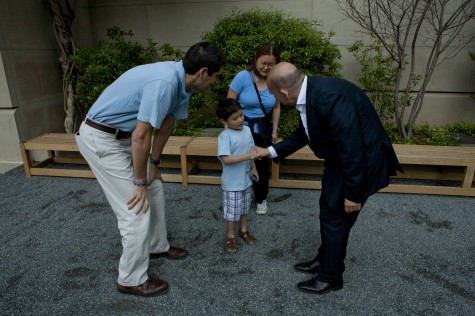
- Sohan and his family meet Jaap van Zweden
Do you have any advice about visiting museums for other parents who have a child with autism?
JUST GO!!! Regardless of your child’s “level of functioning,” he or she deserves the opportunity to experience the beauty and culture of the arts. As communities become more inclusive and welcoming, it is our duty as parents to take our children out into them. Take it slow at first to make a visit a positive experience for all. Most of all, remember, “a journey of a thousand miles begins with a single step.”
I eagerly look forward to seeing you at the next Autism Awareness Family Celebration at the DMA!
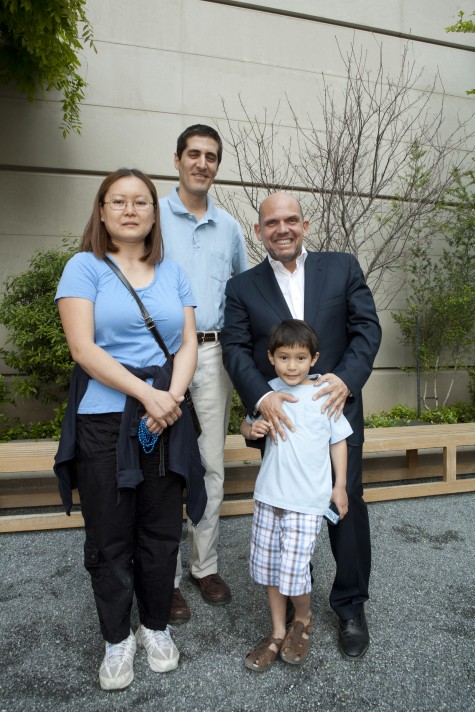
- Denny, Su Chen, and Sohan with Jaap van Zweden
Amanda Blake is Manager of Family Experiences and Access Programs.
